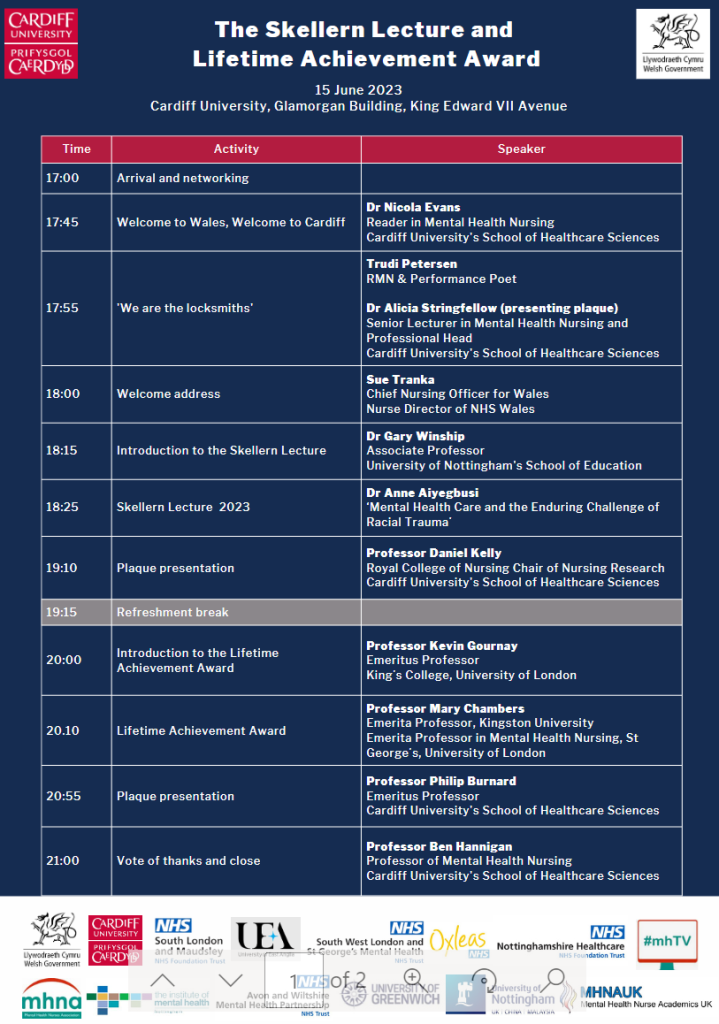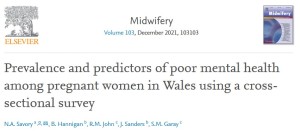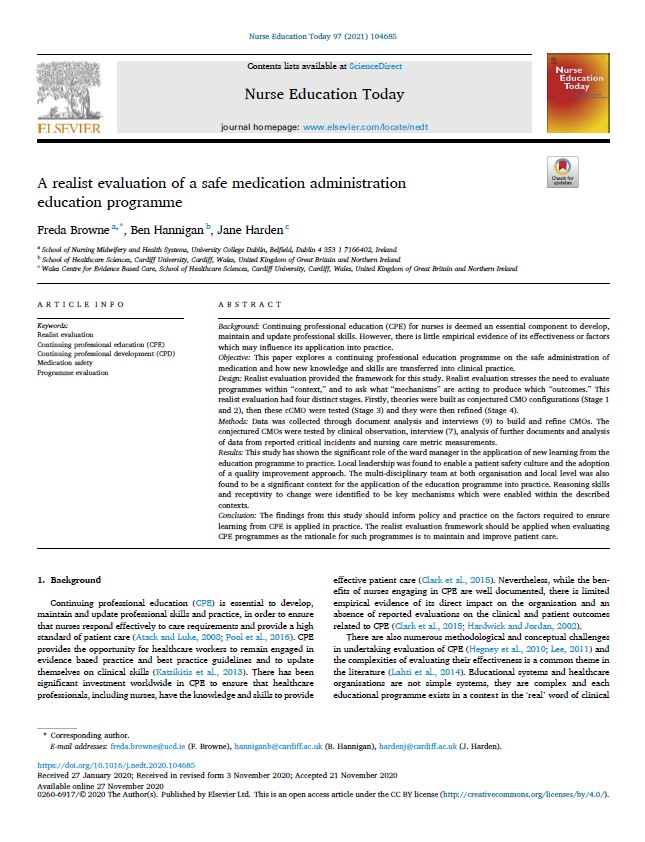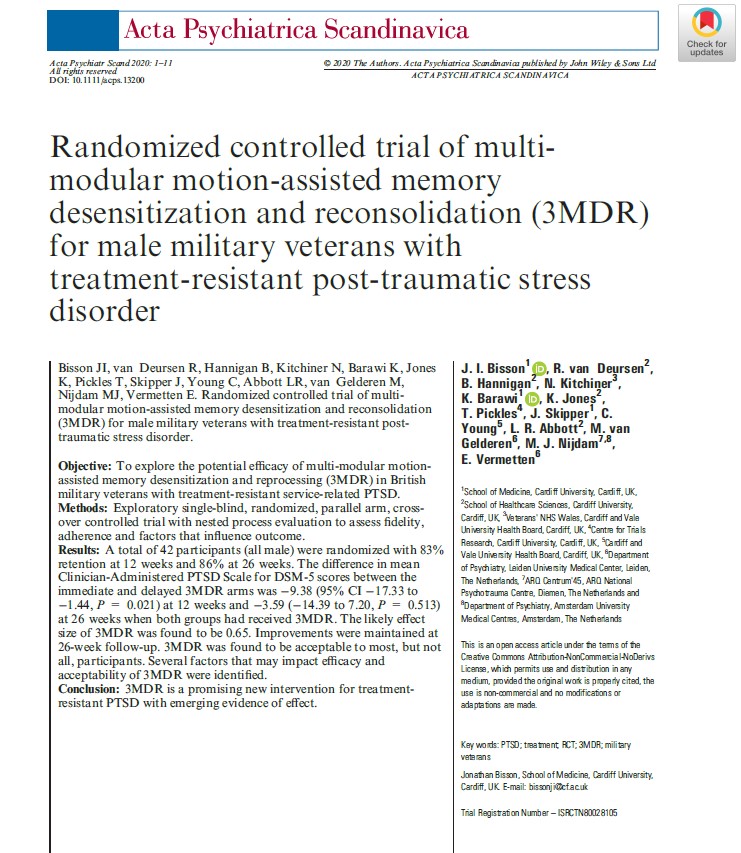Here is news of two completed doctoral theses which I have helped support as a supervisor, both being within the mental health field. First is Fortune Mhlanga’s Implementing recovery-oriented practice in mental health services: a qualitative case study, which is all about how recovery ideas are used in everyday practice. The summary for Fortune’s study is this:
Although the recovery philosophy has been adopted in mental health services in various Western countries including England, its implementation in practice has been described as “slow and patchy”. Furthermore, there are suggestions in the literature that there is a lack of clarity around the implementation of recovery-oriented practice (ROP) and a dearth of research exploring the phenomenon. This study aimed to discover how recovery-oriented practice is implemented in an NHS Trust providing care for people experiencing mental health problems, in order to add to what is already known about the implementation of ROP to inform future practice.
A qualitative case study approach was employed to investigate the implementation of ROP from strategic to grassroots level in two practice settings (Community Mental Health Team and Rehabilitation ward) within one NHS Trust providing mental health services in the South of England. Semi-structured interviews were conducted with 16 participants (senior managers, practitioners, service users) investigating their perceptions and experiences of ROP. Data were analysed using thematic analysis and further interpreted by situating it in the literature.
Main findings
• Whilst there was a shared common understanding of the meaning of recovery and ROP in the organisation, there was a fundamental difference between practitioners and service users’ conceptualisations with service users leaning more towards clinical recovery.
• At strategic level, strategies to facilitate implementation of ROP focused on changing the culture within the organisation through Implementing Recovery through Organisational Change (ImROC) recommended interventions such as: Recovery College, peer workers and use of the Recovery Star. At grassroots level, implementation was via the development of therapeutic relationships between service users and practitioners.
• Salient barriers to the implementation of ROP included: time taken completing paperwork resulting from performance measures used by commissioners in the community team, the shortage of resources and the tension between risk management and ROP in both settings.
Study contribution
This study addresses the gap in research on the implementation of ROP through an exploration of how ROP was being implemented in two practice settings in an NHS organisation providing mental health care. Methodologically, the qualitative case study approach adopted in the study allowed triangulation of data from participants ranging from grassroots level to strategic level. Furthermore, the approach taken with the sample consisting of service users, senior managers and practitioners from inpatient and community practice settings within the same organisation is not comparable with any other studies on ROP that have been conducted in England. This study therefore informs implementation efforts of similar organisations and makes recommendations for practice, commissioners and research.
Second up is Bethan Mair Edwards’ A window of opportunity: Describing and developing an evidence, theory, and practice-informed occupational therapy intervention for people living with early-stage dementia, which addresses the development of OT practice in the support of people with memory difficulties. The summary from Bethan’s thesis is this:
Aim
There is a scarcity of evidence generated in a UK context to inform the practice of occupational therapists working with people living with early-stage dementia. This Thesis’ overarching aim was to describe and develop an evidence, theory, and practice-informed occupational therapy intervention for people living with early-stage dementia.
Methods
In accordance with the MRC Framework for the Development and Evaluation of Complex Interventions, an Intervention Mapping approach was utilised to guide the development process. Thesis Objectives were developed based on Intervention Mapping Steps 1 – 3, and to meet these objectives, this Thesis consists of three studies. Study 1 (a two-stage mixed methods evidence synthesis) and Study 2 (semi-structured interviews with people affected by dementia and occupational therapy practitioners) sought to understand the intervention population and context, as well as identify existing research and practice-based interventions. Study 3 involved describing and developing an intervention programme theory and programme design.
Findings
Studies 1 and 2:
Multiple personal and environmental (social, physical, and occupational) determinants associated with the occupational performance problems that people living with earlystage dementia may experience were identified. Existing research and practice-based interventions were heterogenous in nature and no programme theories were reported; however, strategies that problem-solve occupational performance problems were identified as a primary intervention component. In practice contextual barriers were associated with resources, other professionals’ awareness and understanding of occupational therapy, and a lack of control and influence over service development and policy.
Study 3:
A logic model of the problem and population, matrices of change, and a simple intervention logic model were developed to articulate a proposed programme theory. A broad overview of the proposed interventions’ design, including components and context, were specified and key uncertainties outlined.
Conclusion
This research has developed a robust foundation for further development work at Intervention Mapping Steps 4 – 6, including developing theoretically informed implementation strategies and producing materials in preparation for a feasibility evaluation.
Two super pieces of work, with real relevance for interprofessional mental health services and practice: congratulations to both.








